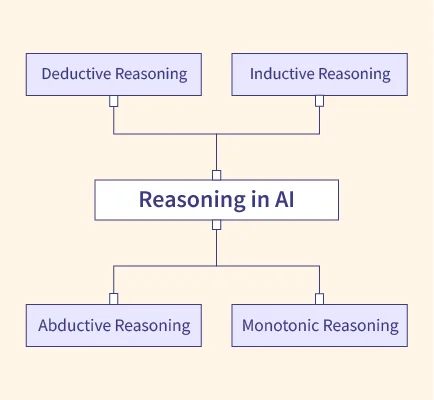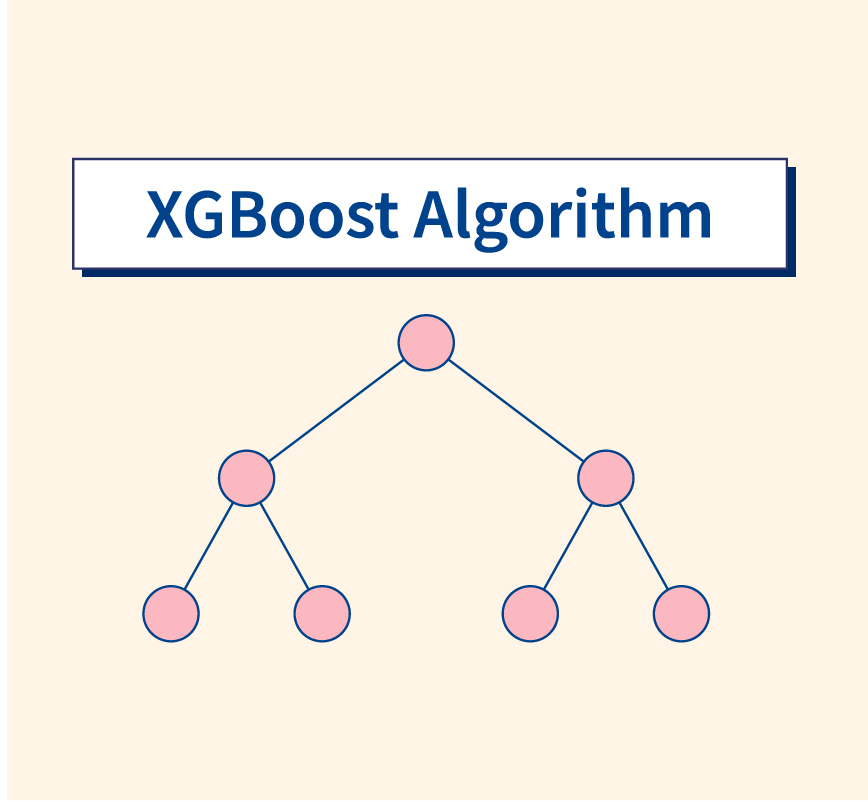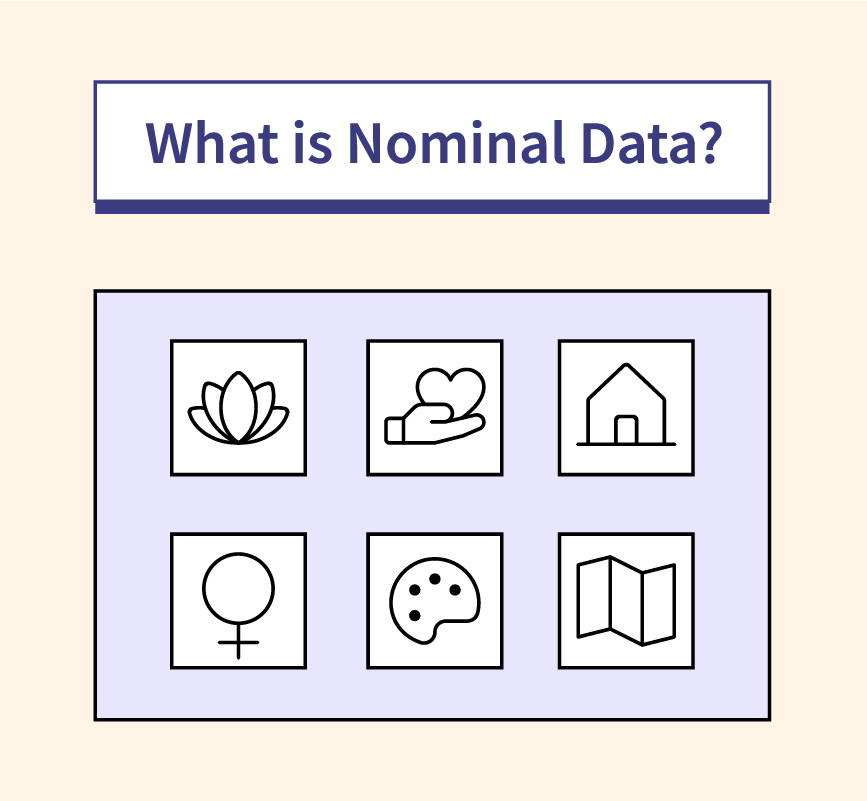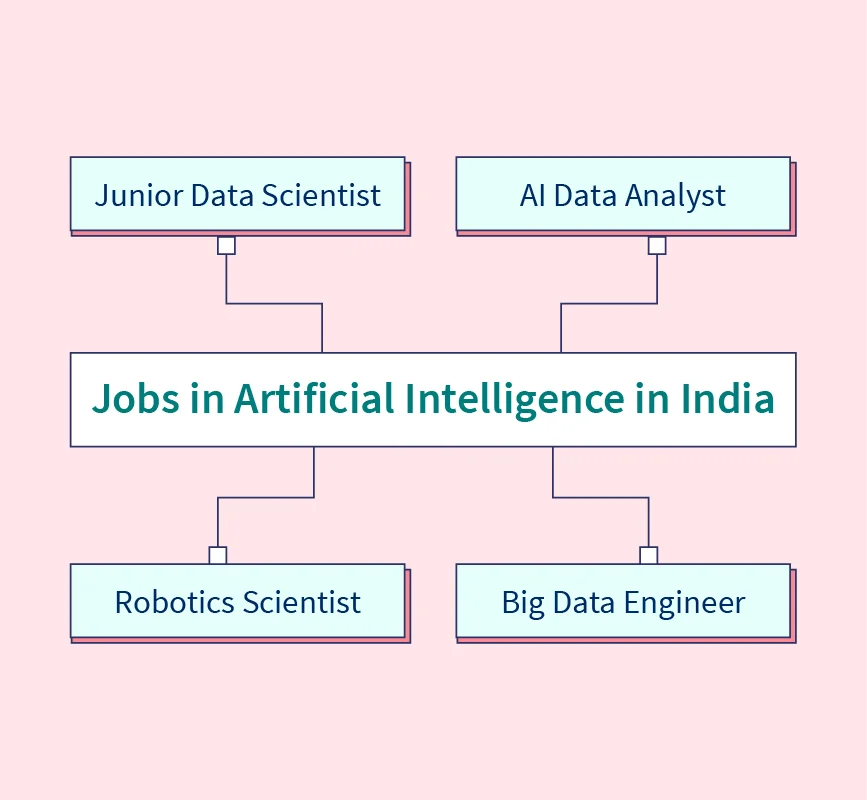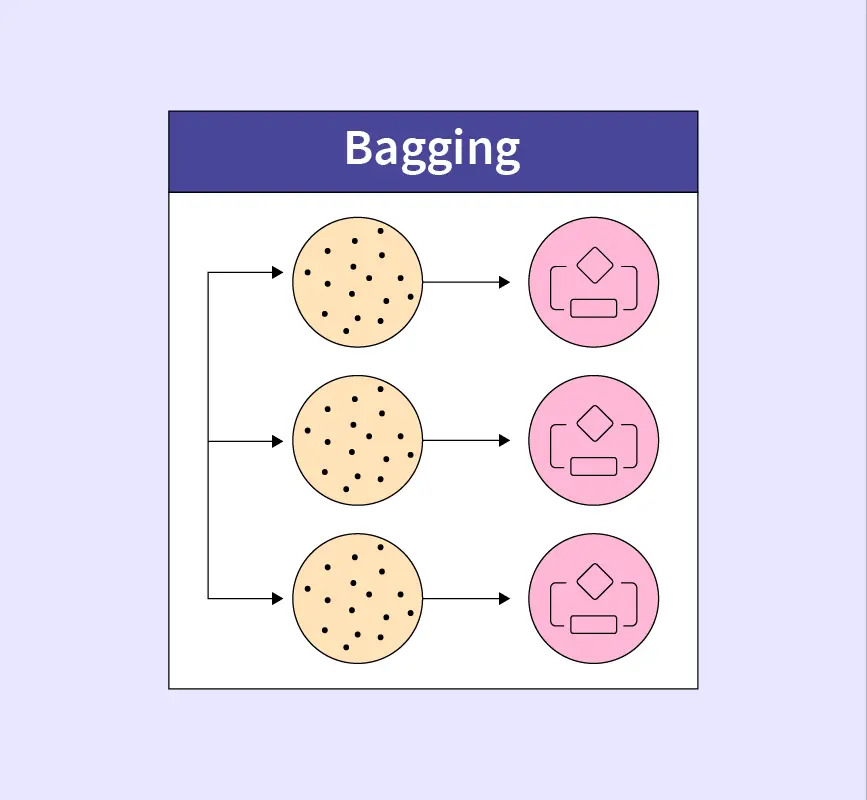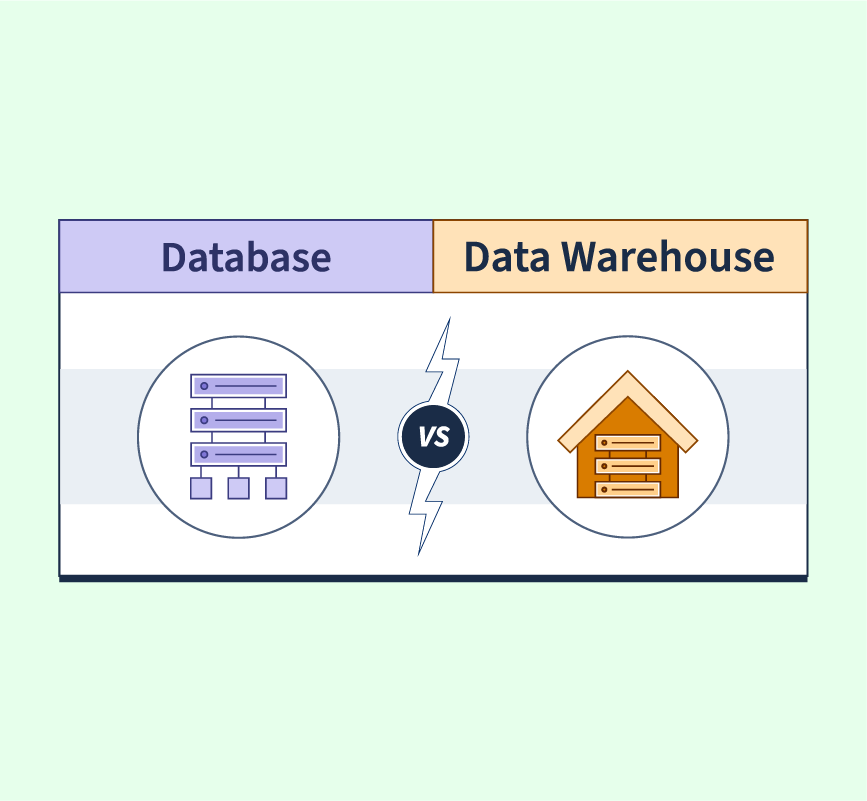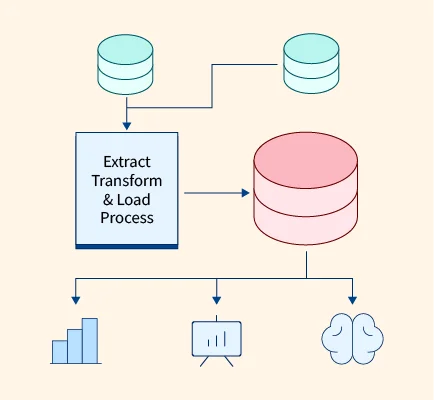Kernel Methods in Machine Learning: A Comprehensive Guide
Kernel methods are a class of machine learning algorithms that enable efficient data transformation into higher-dimensional spaces without explicitly computing those dimensions. They are widely used in tasks such as classification and regression, particularly in Support Vector Machines (SVMs) and Kernel Ridge Regression, to capture complex patterns in data. Understanding Kernel Methods Kernel methods are ...

